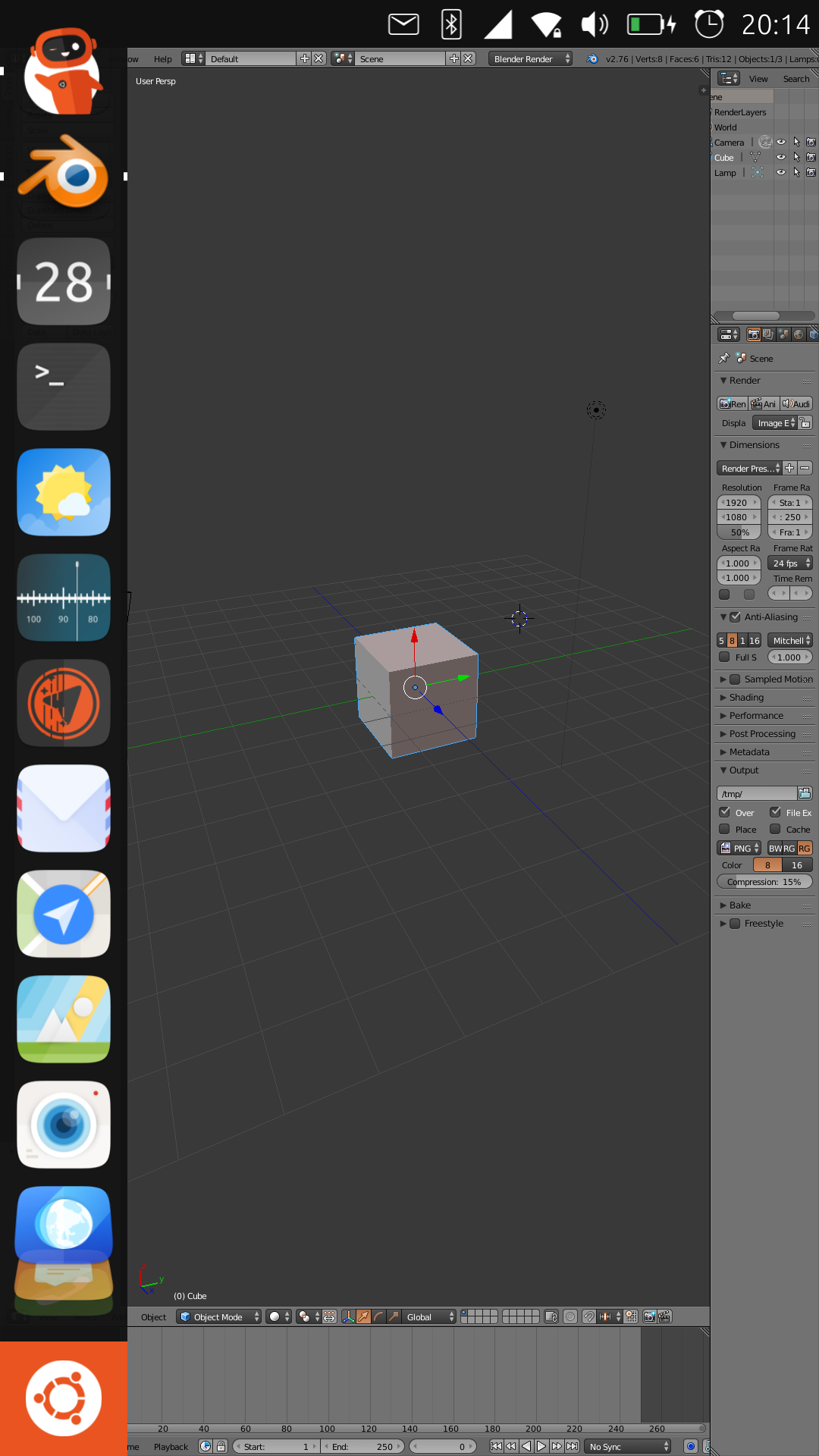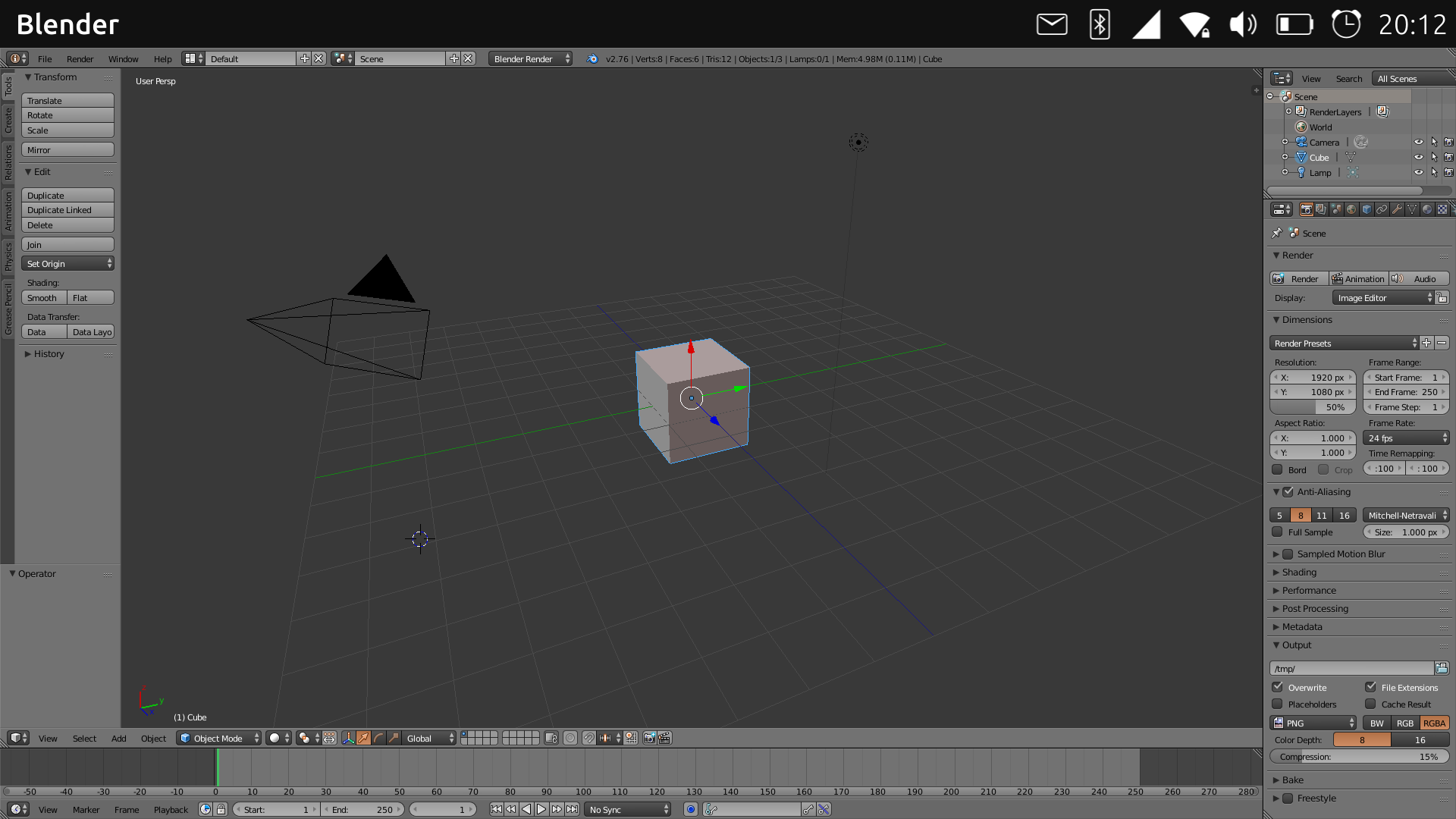OK, this stuff officially kicks ass !


Quote from https://www.freedesktop.org/wiki/Software/PulseAudio/Notes/5.0/
Changes in More Detail
BlueZ 5 support (A2DP only)
First some background: The BlueZ project decided to redesign their client interface. They also decided to drop support for the old client interface. BlueZ 4 has the old interface and BlueZ 5 has the new interface. The decision to drop support for the old interface in BlueZ 5 meant that all applications, including PulseAudio, that used to work with BlueZ 4 didn't work with BlueZ 5.
The support for BlueZ 5 has been gradually added in various applications, and this is the first PulseAudio version that supports BlueZ 5. This means that everything is great, right? Not so. **The BlueZ project also decided to drop support for the HSP and HFP profiles, which were the profiles responsible for handling telephony audio. If you have a headset, its microphone won't work with BlueZ 5, because the microphone is only supported by the HSP and HFP profiles.
There are distributions that have migrated to BlueZ 5 without providing users the alternative of staying with BlueZ 4. Some of those distributions probably made the transition without understanding the consequences - they now have a serious regression in functionality, because their users' Bluetooth headsets have stopped working (well, the headsets can still be used for listening to music, but they're useless for VoIP applications).
GNOME made also a decision, possibly misinformed one, to drop support for BlueZ 4 in their last release, which means that upgrading to the current GNOME version (3.10) has one of two problems depending on the BlueZ version in the system: with BlueZ 4, the GNOME UI for managing Bluetooth won't work, and with BlueZ 5 the headset audio functionality will be crippled.
So what's the way forward with getting the HSP and HFP profiles work with BlueZ 5? There is partial support for those in oFono (a telephony daemon), which will hopefully be completed soon, and the next PulseAudio release will then hopefully support HSP/HFP through oFono. This pulls in a telephony stack as a dependency for using your Bluetooth headset, which might be considered overkill. This issue is yet to be resolved with the BlueZ developers.**
Now, the technical details of the BlueZ 5 support in PulseAudio: there are now separate modules for BlueZ 4 and BlueZ 5: module-bluez4-discover and module-bluez5-discover. The old module-bluetooth-discover still exists and is used in the default configuration. The role of module-bluetooth-discover is now to act as an abstraction layer: it will load module-bluez4-discover and/or module-bluez5-discover based on what's present in the system. This means that the migration to BlueZ 5 can be done without changing the PulseAudio configuration.
WTF ??? Is this the case here ?
Alright, since OTA 13, that annoying bluetooth disconnect regression that goes back to 15.04 -> 16.04 upgrade is solved (also being an important safety feature).
Nothing bothering me now using UBTouch as daily driver on OPO.
Great job guys !
Nevermind about the linphone, it could be (and probably is) related to something else, it just came to my mind that maybe keepalive shoud be enabled generally. But now I see that application can override system keepalive settings on socket level.
Just pulled Blender from Debian repositories in Libertine.
Works for Opel Insignia handsfree, I can test for some other cars as well.
I don't have much data on this but to me it feels like this was a general issue, not specific to particular BT sets...
Alright, since OTA 13, that annoying bluetooth disconnect regression that goes back to 15.04 -> 16.04 upgrade is solved (also being an important safety feature).
Nothing bothering me now using UBTouch as daily driver on OPO.
Great job guys !
https://liliputing.com/2019/01/pinephone-linux-smartphone-to-sell-for-149-dev-kits-coming-soon.html
That is unity 8 running on pinephone (last screenshot).
Nevermind about the linphone, it could be (and probably is) related to something else, it just came to my mind that maybe keepalive shoud be enabled generally. But now I see that application can override system keepalive settings on socket level.
Guys, is keep alive disabled by default ? I've noticed unreliable linphone notifications behind certain wifi routers.
cat /proc/sys/net/ipv4/tcp_keepalive_time
returns: 7200
My guess is that some of these routers break open connections after certain time. Am I missing something here ? How does disabled keepalive work with notifications, wasn't the phone supposed to hold open connection for the notifications (or linphone, or whatever).
How about setting it to something more reasonable like 60 sec ?
This works for rollback to OTA3:
ubuntu-device-flash --server=http://system-image.ubports.com touch --device=arale --channel=15.04/stable --revision=3
How did you hack the ubports-installer to install OTA3 ?